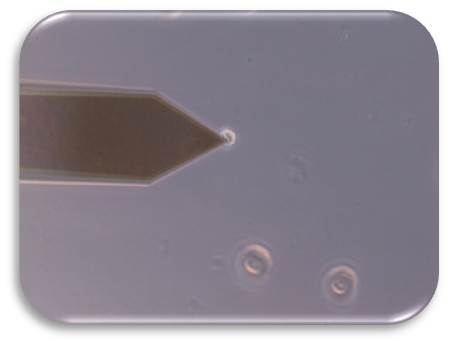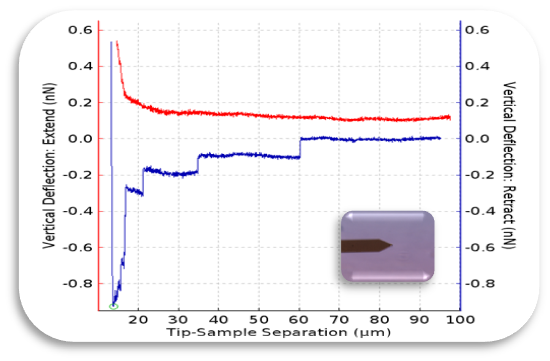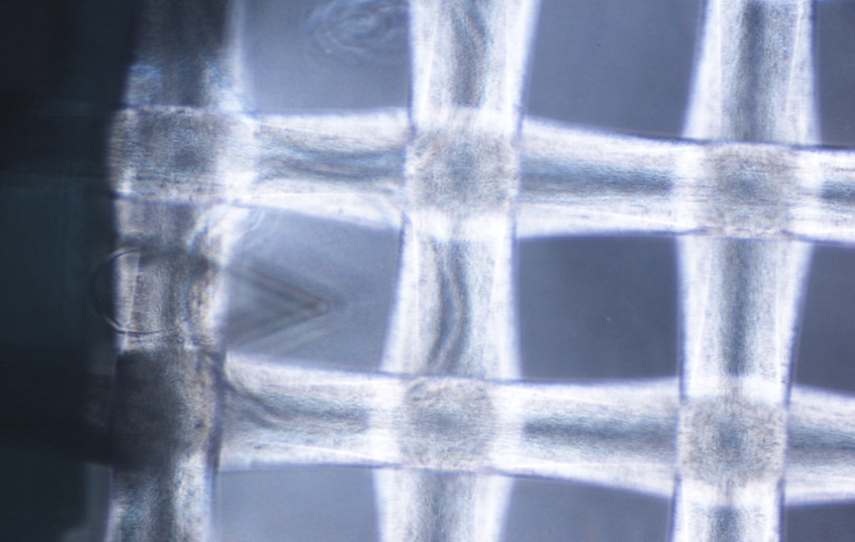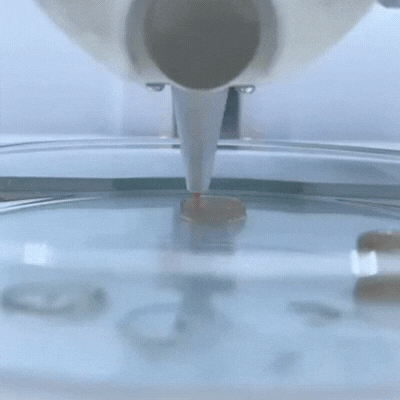U14-S06. Lymphocyte proliferation assay
Lymphocyte proliferation assay
The lymphocyte proliferation assay service offers a robust platform for evaluating the proliferative responses of lymphocytes in vitro. Utilizing state-of-the-art stimulation protocols and specialized proliferation assays, this service enables precise quantification of lymphocyte activation and proliferation rates. By mimicking physiological conditions in a controlled laboratory setting, researchers can investigate the dynamic behavior of lymphocytes in response to various stimuli. This service plays a pivotal role in elucidating immune responses, assessing immune competence, and evaluating the efficacy of immunomodulatory interventions, ultimately contributing to advancements in both basic immunology and clinical therapeutics.
Customer benefits
U14 Cell Therapy Unit offers researchers precision, efficiency, and expertise, streamlining experiment. With stringent quality control, ISO 9001-2015 and GLP compliant, tailored solutions, and access to advanced equipment, researchers can focus on innovation and core objectives, driving scientific progress forward.
Target customer
This service is essential for organizations involved in Research and Development, including pharmaceutical companies, academic institutions for biomedical research, biotechnology firms for bioprocessing, and regulatory agencies for in vitro studies.
Additional information
Selected references:
- de Pedro, Maria Ageles; Pulido, Maria; Álvarez, Veronica; Marinaro, Federica; Marchena, Ana Maria; Sanchez-Margallo, Francisco Miguel; Casado, Javier G.; Lopez, Esther. 2023. Menstrual blood-derived stromal cells: insights into their secretome in acute hypoxia conditions. MOLECULAR MEDICINE. SPRINGER. 29-1. ISSN 1076-1551. https://doi.org/10.1186/s10020-023-00646-1
- Cristobal JI; Duque, FJ; Uson-Casaus J; Barrera R; López E; Perez-Merino EM. 2022. Complete Blood Count-Derived Inflammatory Markers Changes in Dogs with Chronic Inflammatory Enteropathy Treated with Adipose-Derived Mesenchymal Stem Cells Animals. MDPI. 12-20. ISSN 2076-2615. https://doi.org/10.3390/ani12202798
- Marinaro, Federica; Silva, Joana M; Barros, Alexandre A; et al; Lopez, Esther. 2021. A Fibrin Coating Method of Polypropylene Meshes Enables the Adhesion of Menstrual Blood-Derived Mesenchymal Stromal Cells: A New Delivery Strategy for Stem Cell-Based Therapies.International journal of molecular sciences. MDPI. 22-24. ISSN 1422-0067. WOS (0) https://doi.org/10.3390/ijms222413385
- de Pedro, Maria Angeles; Gomez-Serrano, Maria; Marinaro, Federica; et al; Lopez, Esther (AC); Casado, Javier G.(4/10). 2021. IFN-Gamma and TNF-Alpha as a Priming Strategy to Enhance the Immunomodulatory Capacity of Secretomes from Menstrual Blood-Derived Stromal Cells INTERNATIONAL JOURNAL OF MOLECULAR SCIENCES. MDPI. 22-22. ISSN 1422-0067. WOS (0) https://doi.org/10.3390/ijms222212177
- López E; Blazquez R; Marinaro F; et al; Casado JG. 2019. The Intrapericardial Delivery of Extracellular Vesicles from Cardiosphere-Derived Cells Stimulates M2 Polarization during the Acute Phase of Porcine Myocardial Infarction. STEM CELL REVIEWS AND REPORTS. SPRINGER. 16-3, pp.626-626. ISSN 2629-3269. https://doi.org/10.1007/s12015-019-09926-y













